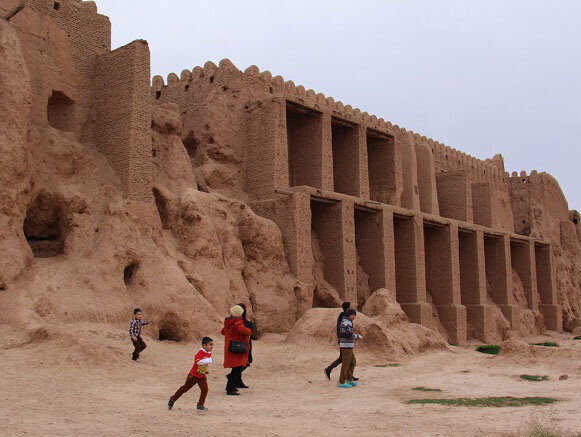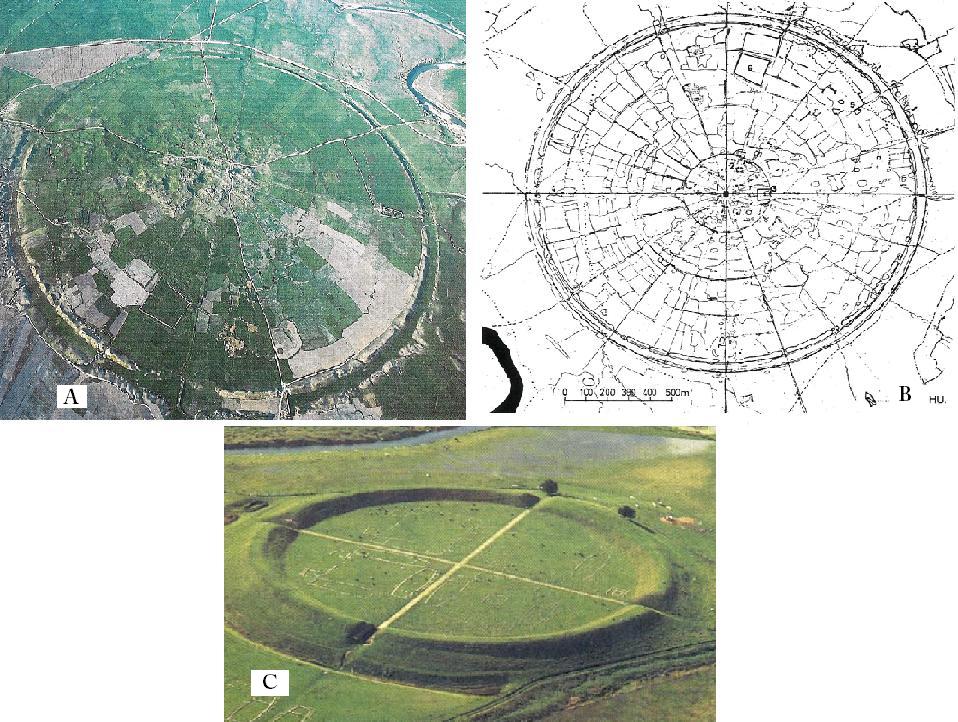The article “Shahr-e Belqeys prosperous in late Sassanid, early Islamic eras: Expert” was originally posted by the Tehran Times on July 22, 2020. The version printed below has been edited from its original version posted in the Tehran Times. Kindly note that one of the images and accompanying descriptions (a slide from Kaveh Farrokh’s lectures at the University of British Columbia) does not appear in the original Tehran Times posting.
For more on this topic, kindly consult the following sources:
- The Sassanian Era
- Military History and Armies of the Sassanians
- Farrokh, K., Karamian, Gh. & Karamian, H. (2021). Military Architecture and the Four-Spāhbed System for Defense of the Sassanian Empire (224-651 CE). HISTORIA I ŚWIAT: ACTA MILITARIA IRANICA, 10, pp.117-151. (pdf)
====================================================================================
Hossein Rahmani (director of the Belqeys national heritage institute) stated the following (as quoted by ILNA):
“Though [previous] archaeological excavations at nearby mounts and hilltops put the antiquity of Belqeys at some 6,000 years, it enjoyed prosperity from the late Sassanians to the early Islamic eras …”
As further averred by Rahmani, Historical evidence, including a book on the history of Nishabur (Middle Persian: Nev-Shapur), suggests that Shahr-e Belqeys won special attention by Sassanid monarchs of the time, which brought the land a special fortune before the advent of Islam (in the region). Rahmani further expostulates:
“It can be said that Shahr-e Belqeys was hectic from the late Sassanian era to a time when Nader Shah Afshar (one of the most powerful rulers in Iranian history) assumed power (in early 18th century). … Belqeys citadel is one of the largest mudbrick fortresses in Iran after the UNESCO-registered Bam citadel …”

Shahr-e Belqeys (“City of Belqeys”), situated in northeastern Iran, was prosperous during a span of time from the late Sassanid era to early Islamic times, a cultural heritage expert has said (Source: Tehran Times).
The ruined citadel, which is sometimes referred to as Shahr-e Belqeys is located in northeastern North Khorasan province. It lies at a short distance from the city of Esfarayen. Remnants of the citadel, family lodgings, irrigation channels, a cistern, and a hypostyle hall are amongst objects so far been unearthed in Belqeys during rounds of excavation.
The Sassanian era (224–651 CE) is of very high importance in the history of Iran. Under the Sassanians, Persian art and architecture experienced a general renaissance. Architecture often took grandiose proportions such as palaces at Ctesiphon, Firuzabad, and Sarvestan that are amongst highlights of the ensemble.

(A) The fortress-palace of Ardashir I at Firuzabad in 224 AD (B) a schematic layout of Ardashir’s palace at Firuzabad (C) Viking fort at Trelleborg, Denmark, built three centuries after the fall of the Sassanian Empire) in 981 AD (Pictures and captions from Kaveh Farrokh’’s lectures at the University of British Columbia’s Continuing Studies Division and were also presented at Stanford University’s WAIS 2006 Critical World Problems Conference Presentations on July 30-31, 2006).
Crafts such as metalwork and gem-engraving grew highly sophisticated, yet scholarship was encouraged by the state. In those years, works from both the East and West were translated into Pahlavi, the language of the Sassanians.



